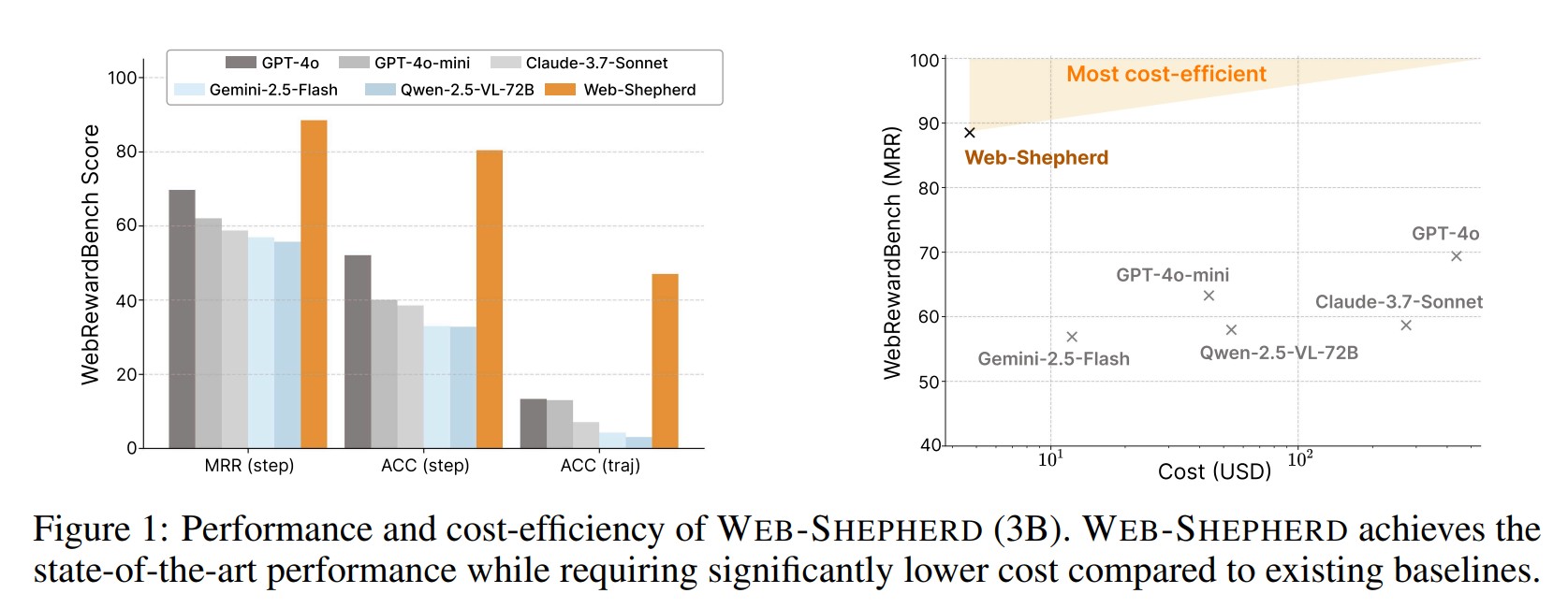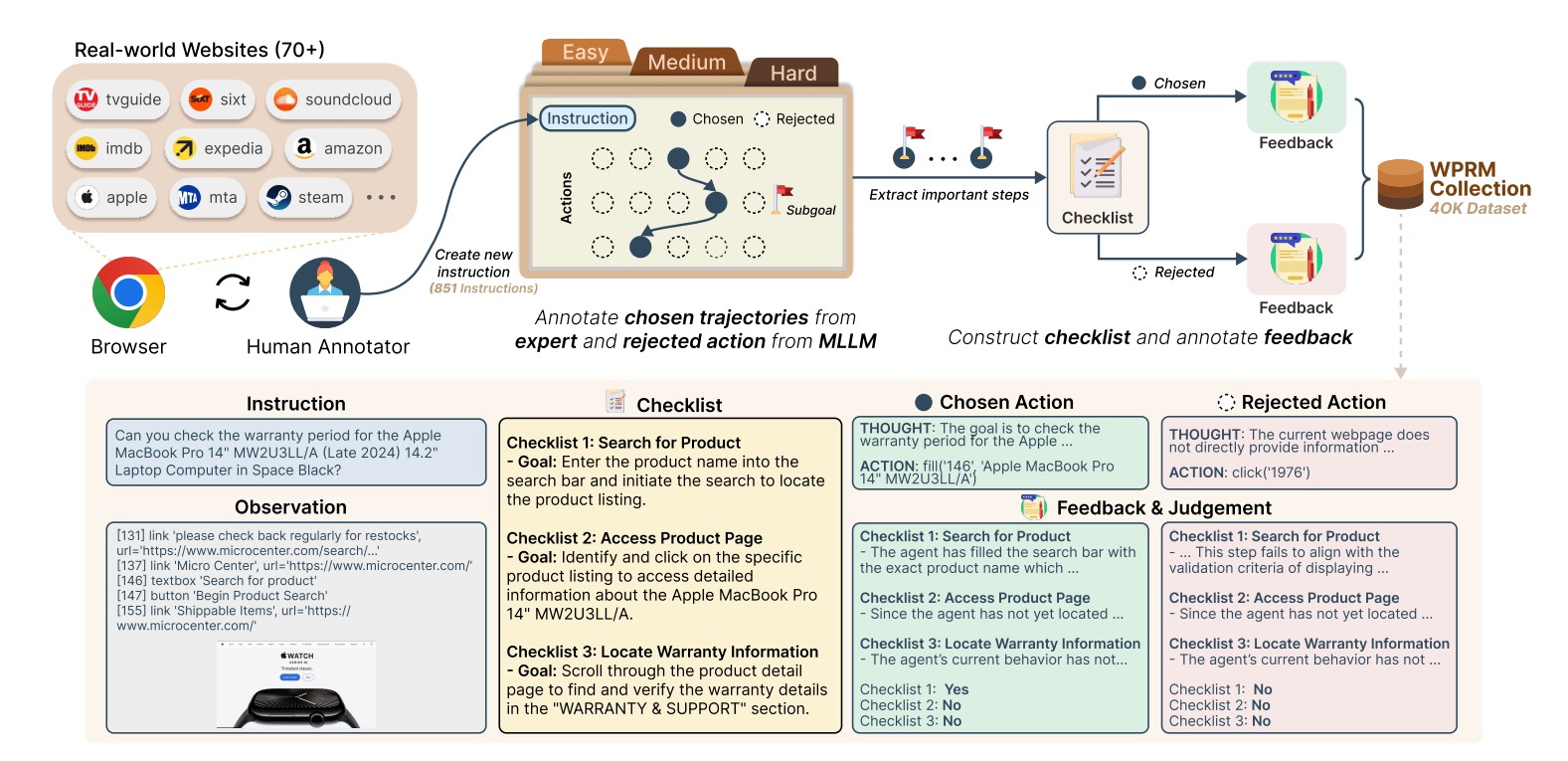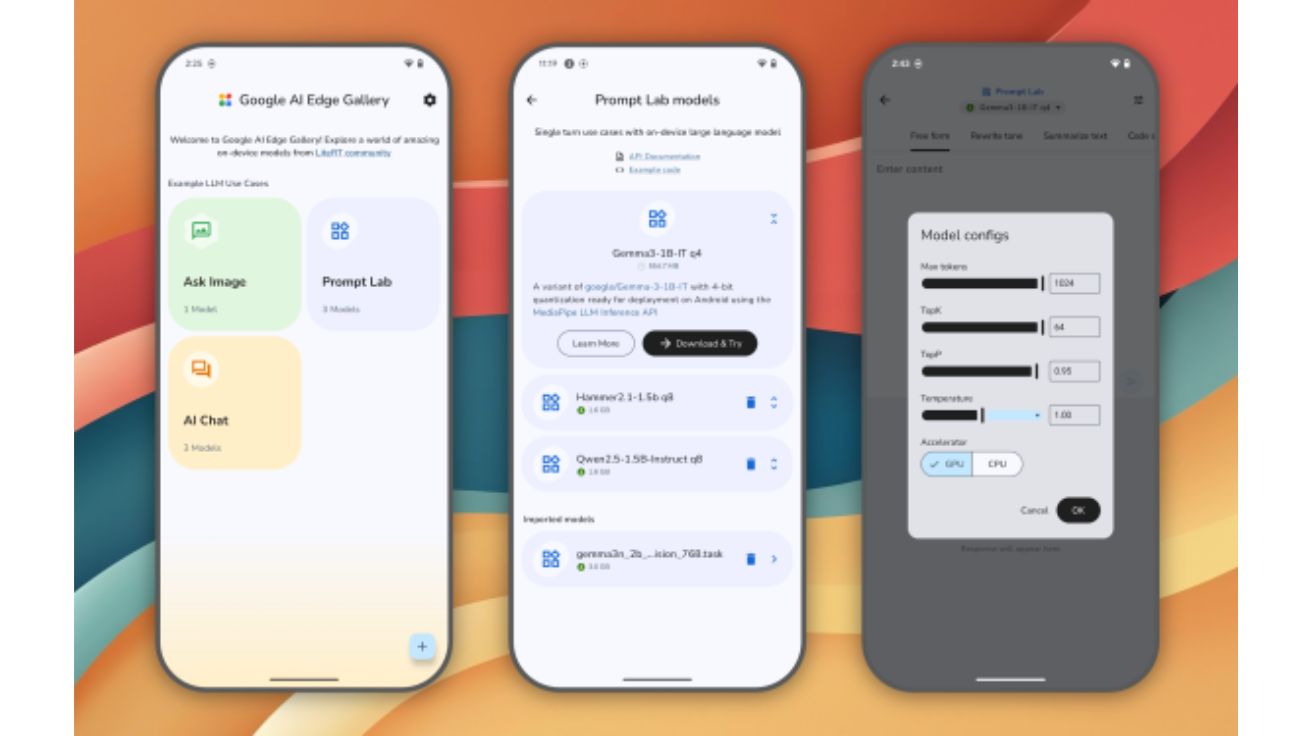WEB-SHEPHERD: Advancing PRMs for Reinforcing Web Agents
Researchers at Yonsei University and Carnegie Mellon University have unveiled a major breakthrough in web navigation technology with the development of WEB-SHEPHERD, the first Process Reward Model (PRM) designed specifically to improve the performance of web agents. According to the study, WEB-SHEPHERD delivers approximately 30 points higher accuracy than GPT-4o while operating at one-tenth the cost.
The standout feature of WEB-SHEPHERD lies in its unique ability to balance high performance with cost-efficiency. On the newly proposed benchmark WEBREWARDBENCH, the model achieved an 85% success rate, dwarfing GPT-4o-mini’s 5%. In the WebArena-lite environment, combining GPT-4o-mini as a policy model with WEB-SHEPHERD as a verifier produced a performance gain of 10.9 points—all while reducing inference costs by 90%. These improvements are critical for deploying web agents in real-world applications where both speed and affordability are essential.

Building the WEBPRM COLLECTION: 40,000-Step Preference Dataset
To train WEB-SHEPHERD, the research team constructed a large-scale dataset titled WEBPRM COLLECTION. It includes 851 human-written instructions and 40,000 step-by-step preference pairs. The dataset spans three difficulty levels—easy, medium, and hard—and covers various domains such as travel, shopping, and entertainment. Notably, each instruction is paired with a checklist that breaks complex web navigation tasks into clear, interpretable sub-goals. This allows WEB-SHEPHERD to accurately evaluate progress at each stage.
Checklist-Based Stepwise Rewards Enable Precise Progress Evaluation
At the core of WEB-SHEPHERD’s innovation is its checklist-based stepwise reward system, which addresses the challenges posed by long-horizon sequential decision-making—an area where large multimodal language models (MLLMs) typically struggle.
The system operates in two stages. First, it analyzes user instructions to generate a checklist of intermediate steps. Then, it evaluates how each action contributes to the overall goal using this checklist. This method contrasts with traditional Outcome Reward Models (ORMs), which offer only coarse final-stage feedback. Instead, WEB-SHEPHERD delivers detailed, step-level assessments that provide more trustworthy guidance to web agents.

Generative Reward Modeling Outperforms Bradley-Terry by 17 Points
WEB-SHEPHERD’s technical superiority is also evident in its choice of training objectives. The team compared traditional Bradley-Terry (BT) loss—commonly used in human preference modeling—to generative reward modeling. In WebArena’s out-of-distribution subset, the BT-based model performed significantly worse.
The researchers argue that BT loss fails to fully utilize checklists and is less sensitive to task progression. This finding highlights a fundamental limitation of BT modeling: poor generalization across domains, which also affects its utility in web navigation PRMs.
Achieving 34.55% Success in Real Web Environments
In live web testing, WEB-SHEPHERD again demonstrated strong results. In trajectory-based navigation tasks within WebArena-lite, the model achieved a 34.55% success rate, a 10.9-point improvement over the baseline of 23.64% and outperforming GPT-4o’s trajectory-free score of 31.52%.
The researchers also confirmed that WEB-SHEPHERD’s feedback could be used to improve agent behavior in subsequent steps, reinforcing the model’s value not just as an evaluator but as a driver of meaningful performance enhancement.
FAQ
Q: What sets WEB-SHEPHERD apart from existing AI models?
A: WEB-SHEPHERD is the first process reward model purpose-built for web navigation. Unlike earlier models that rely on prompting, it uses checklist-based step evaluations to provide reliable, interpretable feedback on agent performance.
Q: In which areas can this technology be applied?
A: It can automate a wide range of repetitive browser-based tasks such as online shopping, reservations, and information retrieval. It also offers promising use cases in accessibility tools and digital workflow automation for professional environments.
Q: How cost-efficient is WEB-SHEPHERD?
A: WEB-SHEPHERD processes 1,000 instances for approximately $4.67, compared to $43.57 for GPT-4o-mini and $435.74 for GPT-4o, representing a 10-fold and 100-fold cost reduction respectively.
The full research paper is available on arXiv.
This article is written with the assistance of Claude and ChatGPT.
Image source: Ideogram-generated


![[Q&AI] 21대 대선 당선자 확정 시간 예측 어디가 정확할까? ‘그록 vs. 퍼플렉시티’](https://aimatters.co.kr/wp-content/uploads/2025/06/AI-Matters-기사-썸네일-QAI.jpg)


![[Q&AI] 이재명 정부 ‘AI 정책수석’ 후보 4명 누구?](https://aimatters.co.kr/wp-content/uploads/2025/06/AI-Matters-기사-썸네일-QAI-1.jpg)